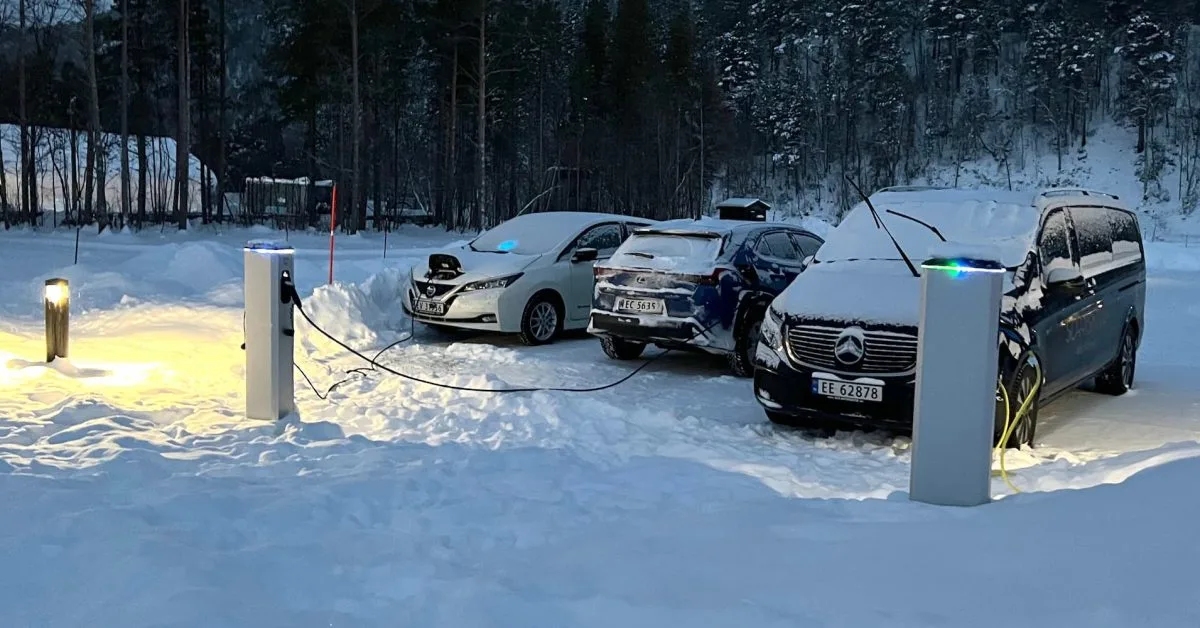- cross-posted to:
- [email protected]
- [email protected]
- cross-posted to:
- [email protected]
- [email protected]
Norway is the world leader in EV sales, but now it’s crossed a new landmark: the first country with more EVs than gas cars in service.
Archived version: https://web.archive.org/web/20240915025331/https://electrek.co/2024/09/14/there-are-now-more-electric-cars-than-gas-cars-on-norways-roads/



They actually don’t use the fund to subsidize it. And many policies were added overtime, which any managed economy should be able to do.
The Norwegian EV incentives:
Meanwhile in Slovenia - here, have some subsidy for buying a new one and that’s all. Figure out yourself about charging, specially if you live in an apartment.
It’s no different in Sweden. While I’m on my second EV and will never go back I can’t motivate it for people who live in apartments. To be able to use an EV effectively you absolutely have to have your own charger to connect it to while home, and very few apartments have that possibility.
Norway has way more incentives compared to us, which is somewhat unusual between us Nordic countries.
Pretty much all apartment buildings built in Norway nowadays have ev chargers built into the parking lots / garages. With a lot being retrofitted as we speak.
Yea, I can envision public parking spots around apartments having slow chargers - 8kW something, so the cars can be charged over night for a similar price you have at home. However, that would required government motivation (wisdom) first and upgrade of electricity network which isn’t able to sustain such power. Neither is happening, not even plans. Our governments suck. Funny aspect is that Slovenia is a small country (2M population) and could serve as testing ground for such experiments. I won’t even mention basic income…
I know BC at least solved this problem a few years ago by just legally requiring landlords to provide L2 chargers when asked and suddenly EVs were very popular with apartment owners.
While L2 chargers are definitely the ideal for household charging, it’s worth noting for places with street parking and such that you absolutely can charge an EV overnight with an household outlet and an extension cord, At least you can if you’re not averageing more than 60 miles(100km) per day, and if you’re dependent on street parking you’re probably closer into town than that.
Ideally the government would institute a similar must provide L2 if asked for employees at places with electric service, as that would ensure that they could not only get 170miles (290km) during a 9-5 shift, but allow for bidirectional charging to actually help with bulk grid storage, or at least incentivize charging at times when solar is plentiful instead of at night where you’re going to be drawing from a grid scale battery or hydro resivor.
On the grid front, while electrification will require expansion of capacity, it is worth remembering that this is not a unprecedented surge in growth so much as a return to the normal rate of grid expansion after decades of austerity. Even in north america, with our sprawling suburbs built on long freeway car commutes, our average EV consumes less power than our average air conditioner does over the entire year.
Admittedly optimizing for grid distribution means charging overnight though, when all the infrastructure that feed those hungry air conditioners during the day is siting around with unused capacity, so the optimal mix will depend on whether upgrading distribution infrastructure is more expensive than upgrading grid storage infrastructure and nighttime generating capacity.
Or a work place with chargers.
And here EVs are essentially not allowed on ferries because they need to be < 40% charged to board and good luck finding a charger on an island.